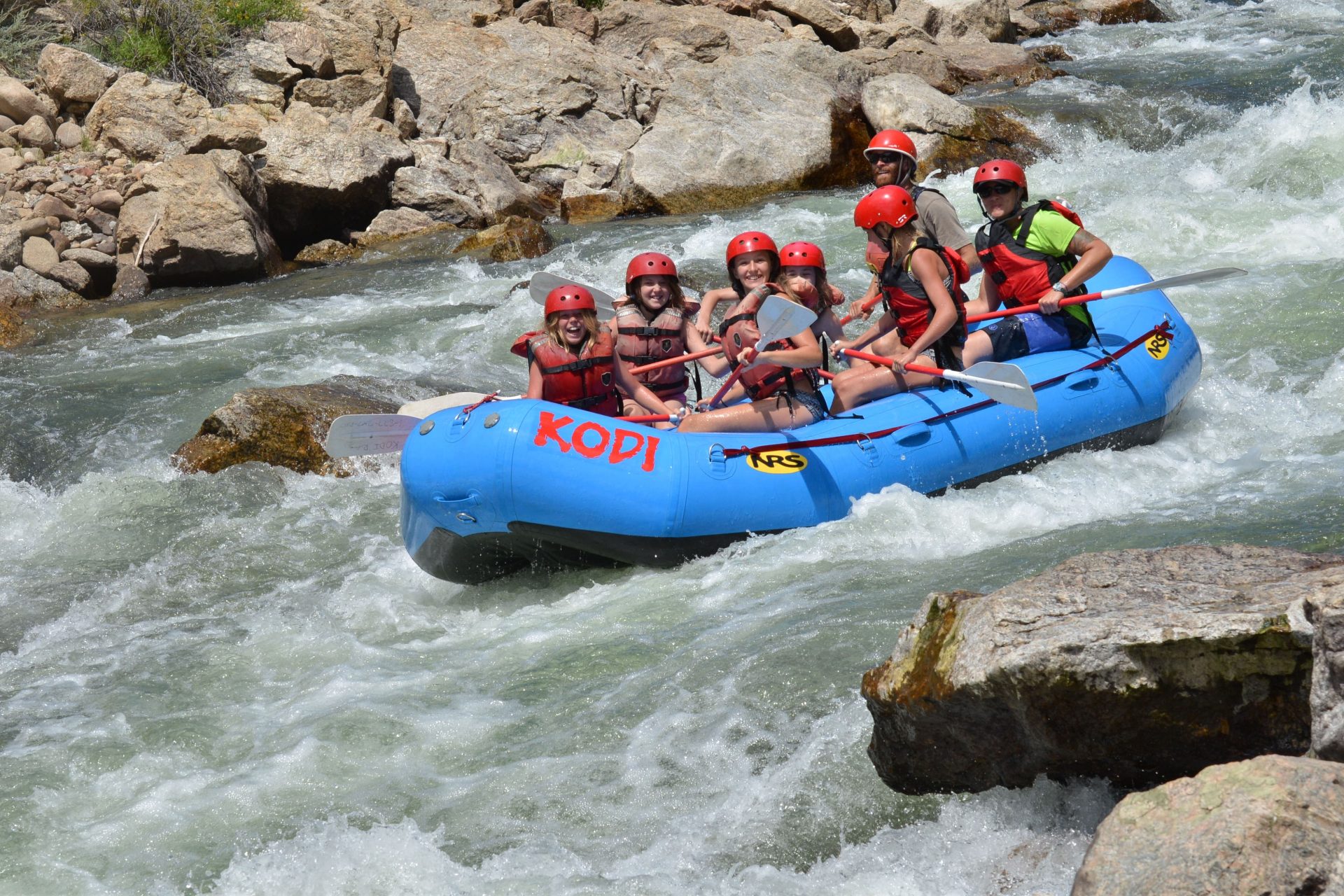class iii rapids definition
Rapids with moderate irregular waves which may be difficult to avoid and which can swamp an open canoe. Whitewater medium waves maybe a 35 ft drop but not much considerable danger.

Whitewater Rafting Rapid Classes Demystified Youtube
In some cases athletic and adventurous first-time rafters may attempt Class IV rapids.
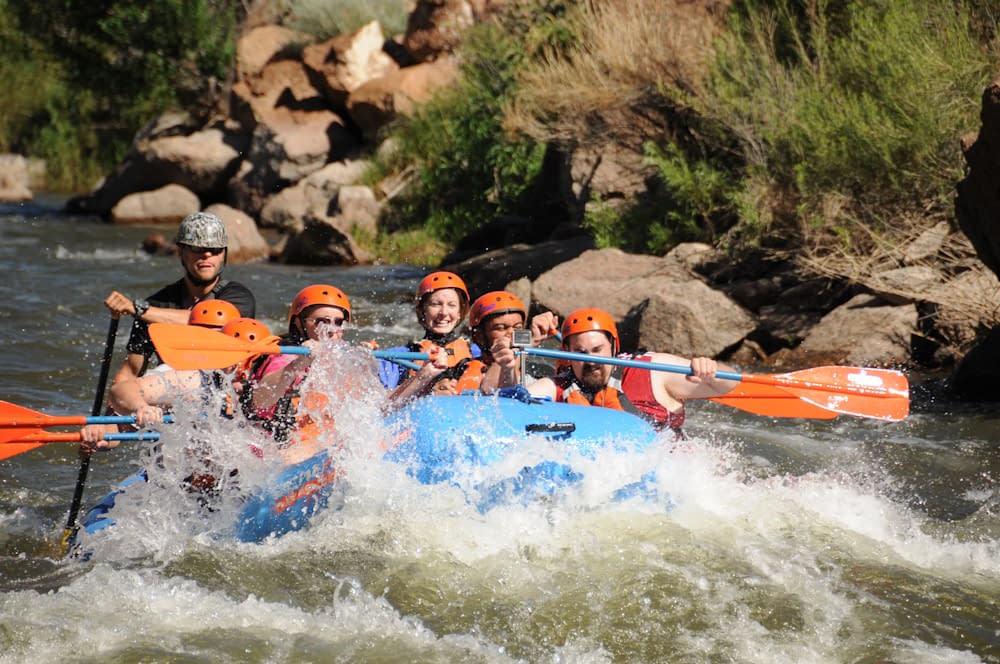
. Rafters are needed to paddle through large waves and holes. Class IV rapids are ideal for those who have experience with Class III rapids and can navigate them adeptly. Rapids with moderate irregular waves strong eddies and currents.
EPR FINAL SAFETY ANALYSIS REPORT Tier 2 Revision 1 Page 312-4. The class to which a carrier belongs is determined in accordance with the following revenue thresholds. May require significant maneuvering.
The characteristics are medium but irregular waves with obstructions like small falls or drops counter currents and eddies. Class IV big drops will jump-start your heart as you paddle through the intense whitewater. Medium waves maybe a 35 ft drop but not much considerable danger may require significant maneuvering skill level.
Short Lines Where Customer Service Is Key. Marked limitation of ordinary activities eg walking 1-2 blocks or climbing stairs under normal circumstances. Currents hydraulics will feel stronger possibly channeling between brief narrow passages such as boulders or a cliff wall.
When this difficulty is at the lower end of the class it is denoted III- and when at the upper end it is III. No previous experience is necessary. Whitewater large waves long rapids rocks maybe a considerable drop sharp maneuvers may be needed skill level.
The chance is extremely low but it does exist. Class 3 roads means roads that distribute traffic between the principal residential industrial and business districts of the town and which form the link between the primary network class 2 roads and the roads within. Class I railroads are regulated by the Surface Transportation Board STB.
Class II - Less than 447621226 but in excess of 35809698. Complex manoeuvres and good boat control are required. CLASS III-IV INTERMEDIATE Best for adventurous beginners and intermediate rafters who have swimming ability and are 12 or older.
Class V violent rapids will really get your adrenaline pumping and often have to be portaged. Rapids that are at the upper end of this difficulty range are designated Class II. Rapids with passages clear though narrow requiring experience in maneuvering.
Class III - 35809698 or less. Class 3 rapids are the first category of rapid that you run the chance of hitting or running aground on a rapid. Experienced paddling Class 4.
Moderate Waves numerous high irregular. According to the STB and American Short Line Regional Railroad Association ASLRRA the 2016. What this means is that you rate a rapid based on the statistical probability that you will hit an obstacle while trying to navigate the rapid.
Class III wet and fun rapids will get you soaked head to foot. Class II splashes will get your legs wet just over the side of the boat. Intermediate Rapids with moderate irregular waves which may be difficult to.
Class I - 447621226 or more. Rapids classed III are considered intermediate level difficulty. Complex maneuvers in fast currents and good boat control in tight passages or around ledges are often required.
Complex manoeuvres and good boat control are required. Still they should be aware of the dangers and risks that a Class IV rapid poses especially those without experience. Swimmers are seldom injured and group assistance while helpful is seldom needed.
Class III rapids feature waves up to 4 or 5 feet tall that will crash over the bow. Slight limitation of ordinary activities eg after walking 2 blocks climbing one flight of steps under normal circumstances after meals in the cold wind in the morning or when under emotional stress. 31258 Fatigue Evaluation of ASME Code Class 2 and 3 Piping Section 342 of Reference 1 addresses fatig ue evaluation methods used for ASME Code Class 2 and Code Class 3 piping.
Short lines whose designation by the Surface Transportation Board STB is a Class III carrier which includes terminal and switching lines make up the bulk of todays freight railroads. Large waves or strainers may be present but can be easily avoided. Complex maneuvers in fast current and good boat control in tight passages or around ledges are often required.
Class III rapids have moderate irregular waves which may be difficult to avoid and can swamp an open canoe. Rapids are longer and markedly more powerful.
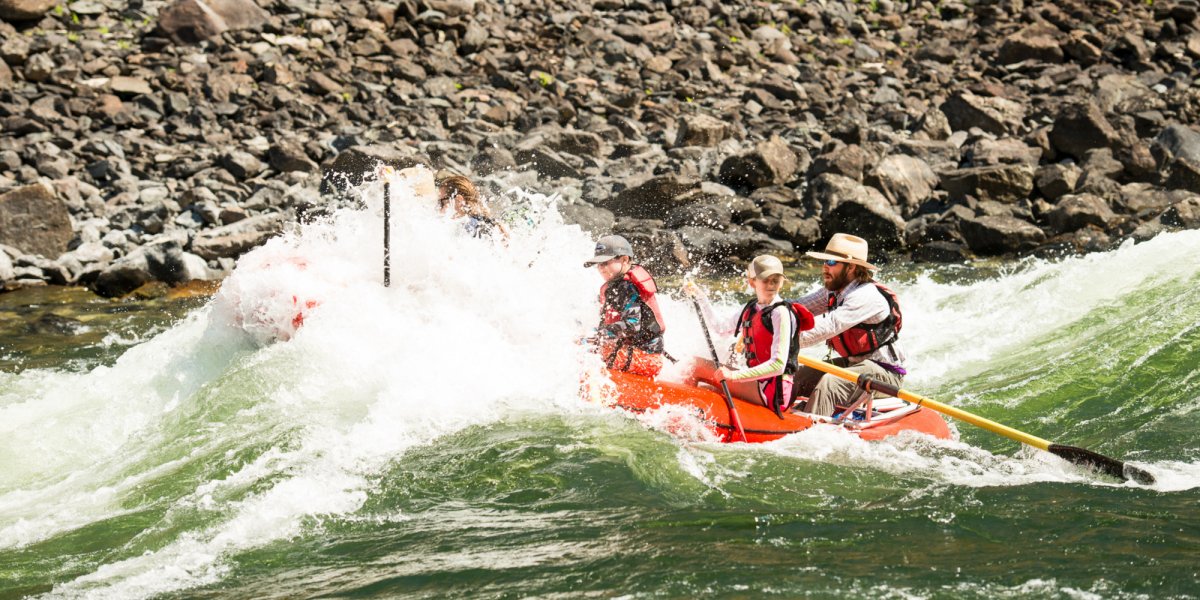
Whitewater Classifications Explained Row Adventures
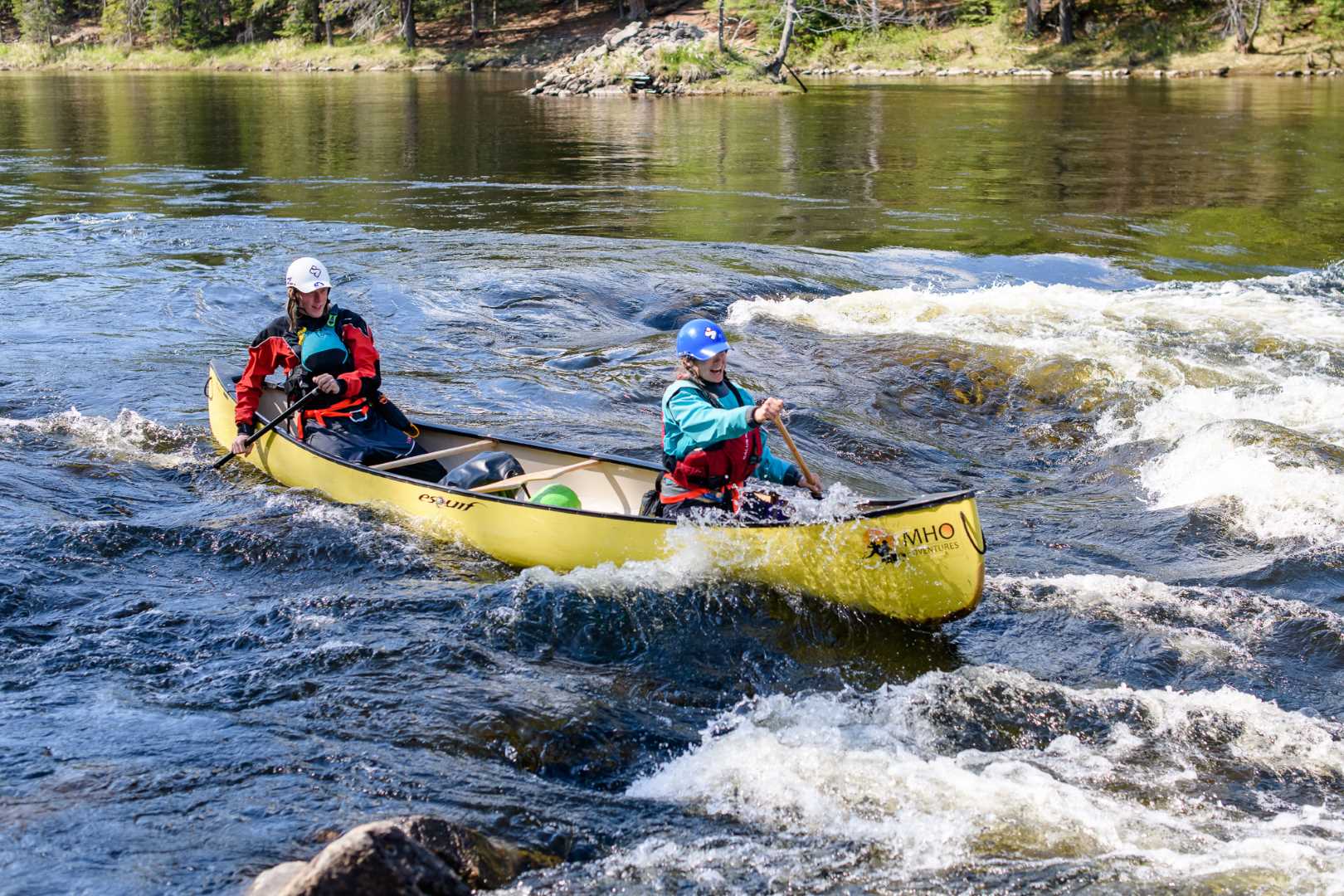
Whitewater Rapids The Universal Classification Guide

How Experienced Do I Need To Be To Raft Each Rapid Echo Canyon Rafting
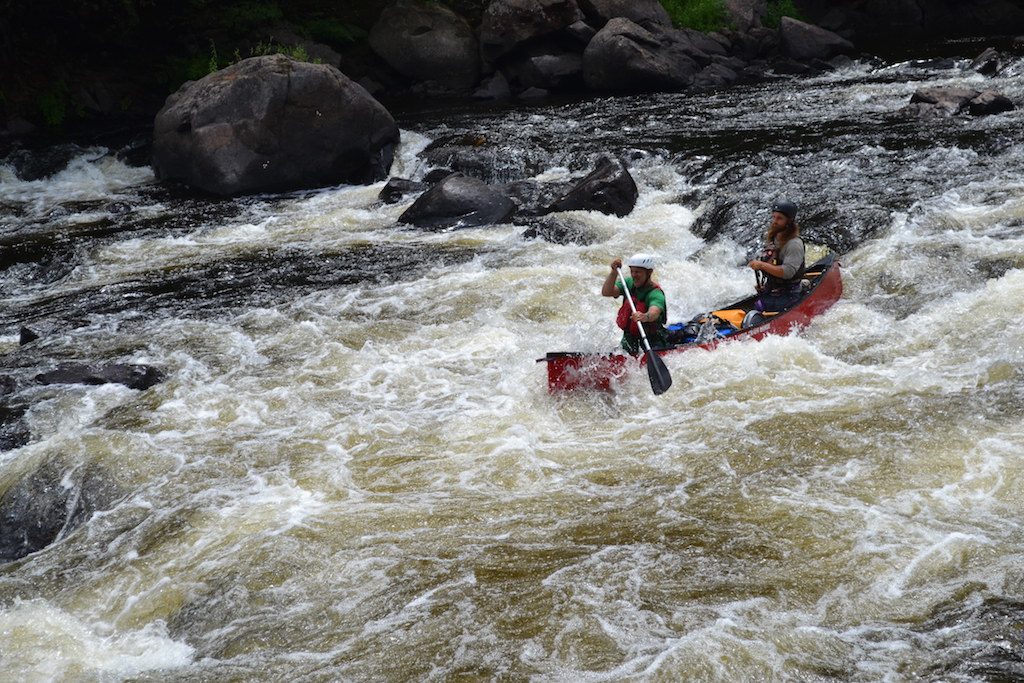
Whitewater Rapids The Universal Classification Guide

Whitewater Rafting Classes Of Rapids Boring To Scary Paddle Camp
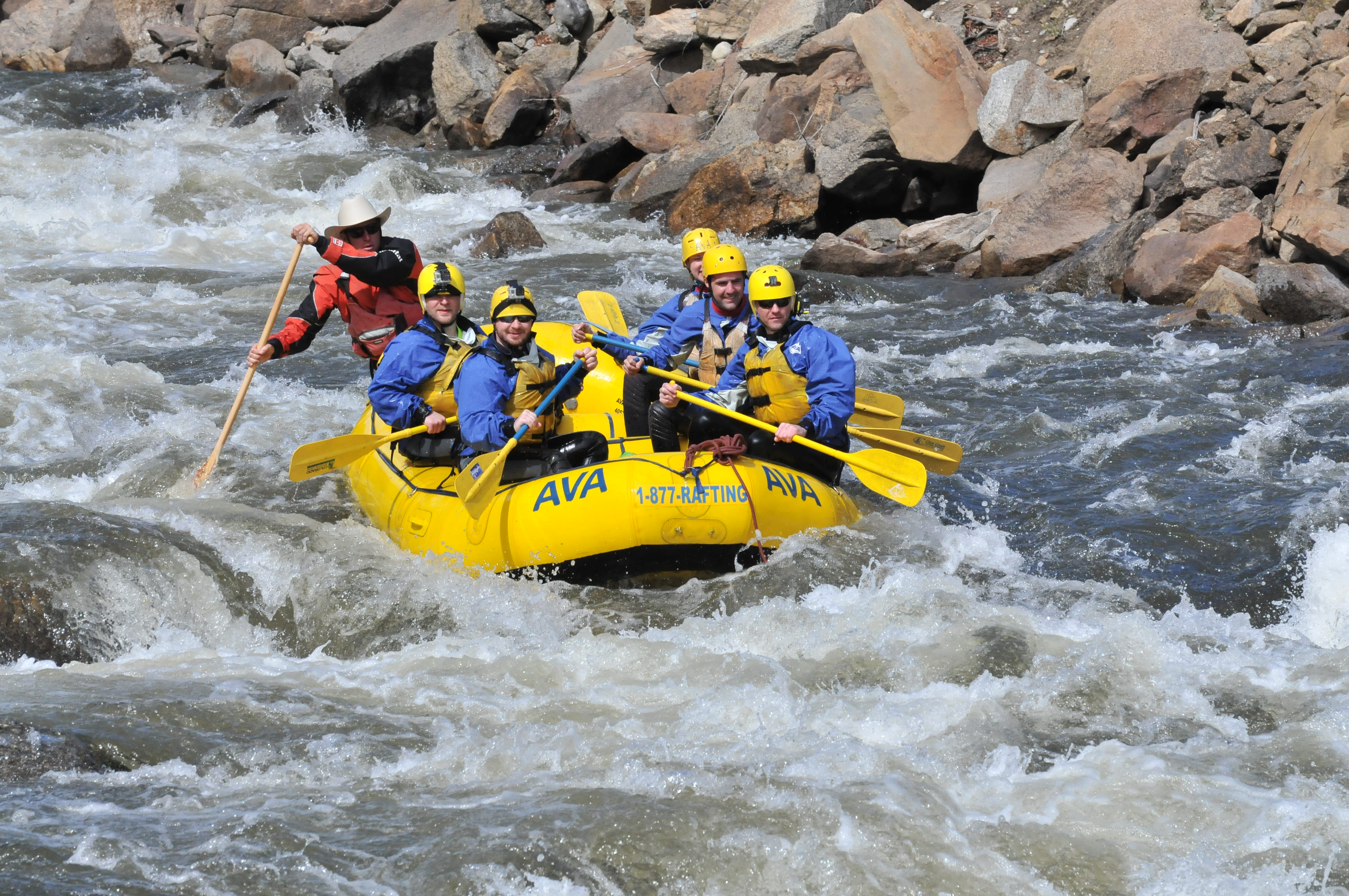
The Different Classes Of Rapids Explained

Guide To The Classification Of River Rapids Kayaks Rafting And Canoes

Whitewater Classifications Explained Row Adventures
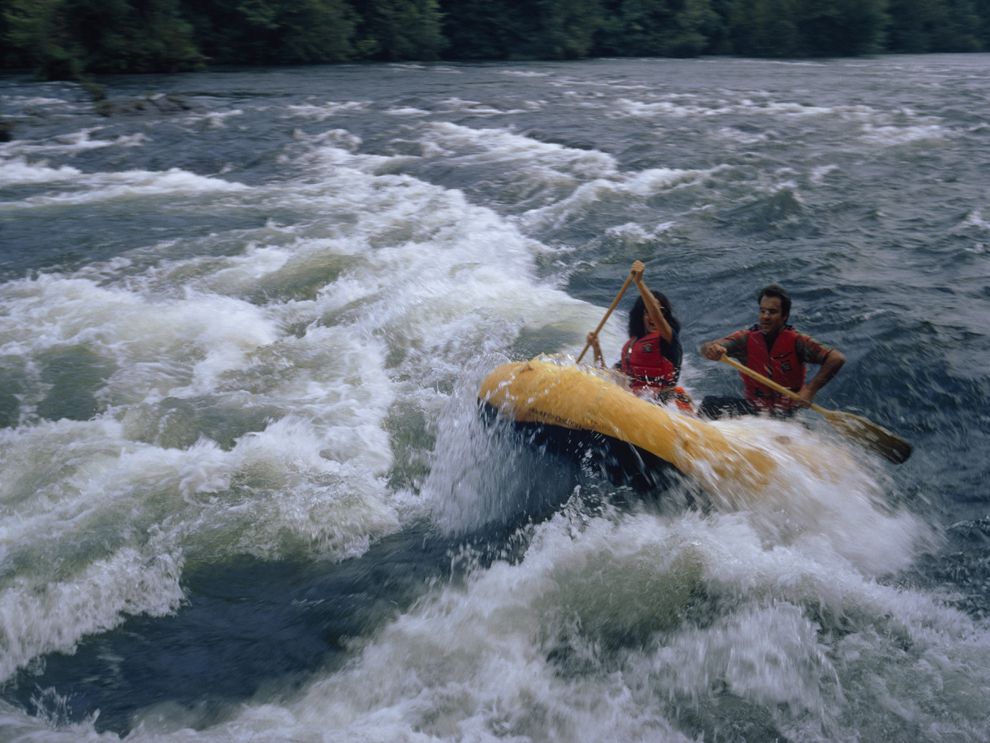
Rapids National Geographic Society
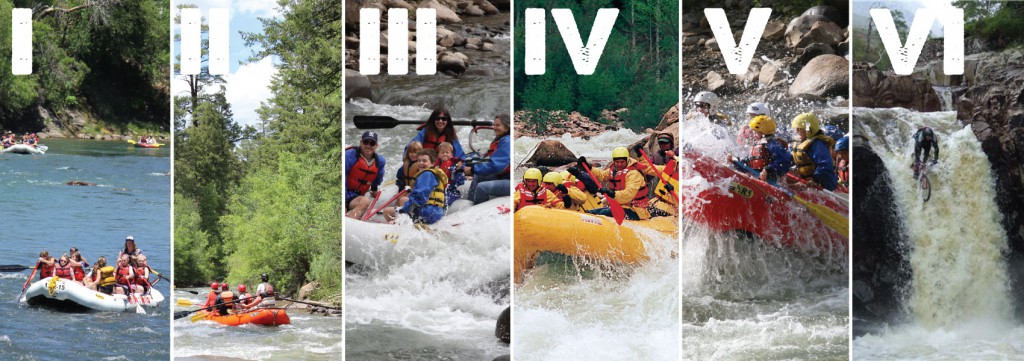
Rafting Trip Choosing The Right Rapids For You Mild2wildrafting

How River Rapids Are Classified

The Different Classes Of Rapids Explained

Class Iii Rapids Fun Class Vi Rapids Death The Active Times

Whitewater Rafting Classes Of Rapids Boring To Scary Paddle Camp

The Most Dangerous Rapids In The World Slideshow The Active Times

Whitewater Classifications Explained Row Adventures
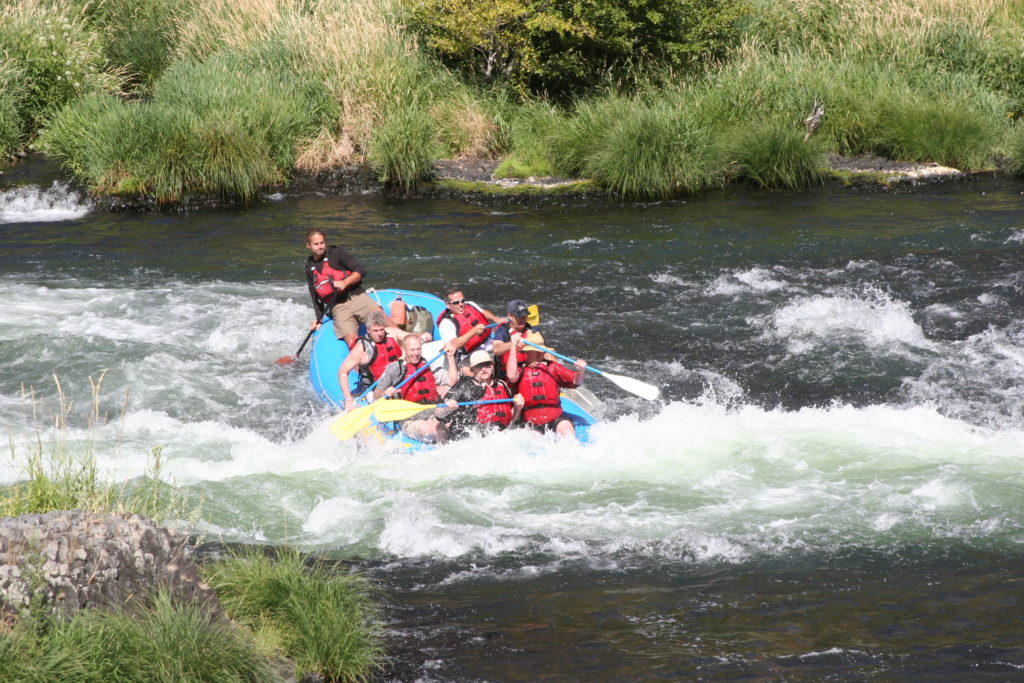
First Class Floating Whitewater Rapids Classes 101 Imperial River Company

First Class Floating Whitewater Rapids Classes 101 Imperial River Company
